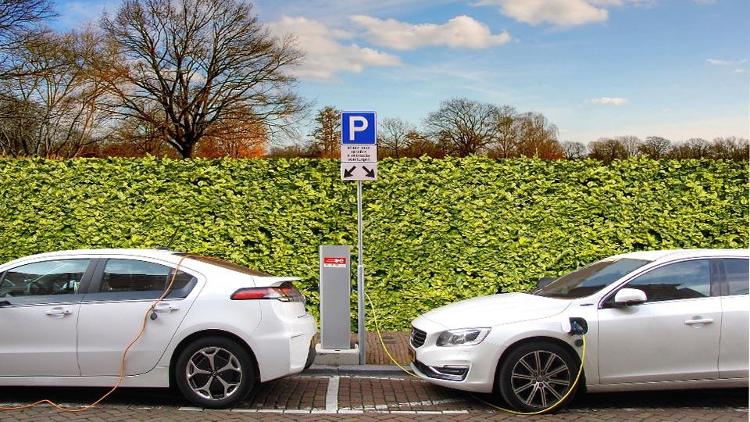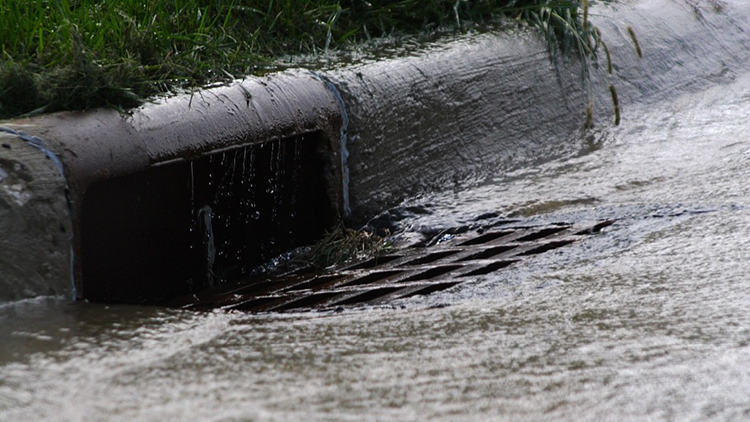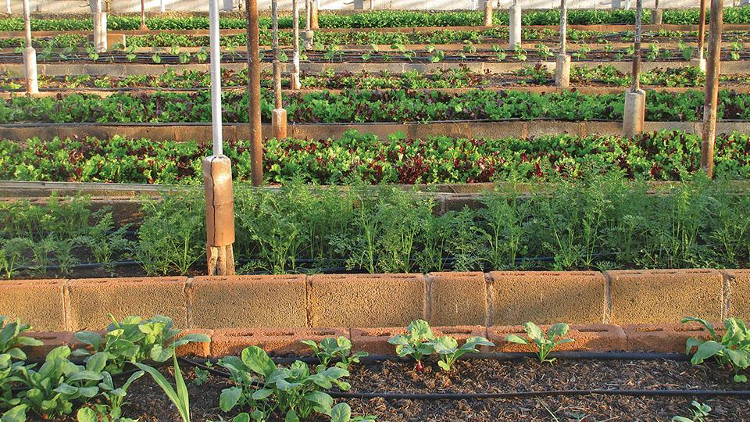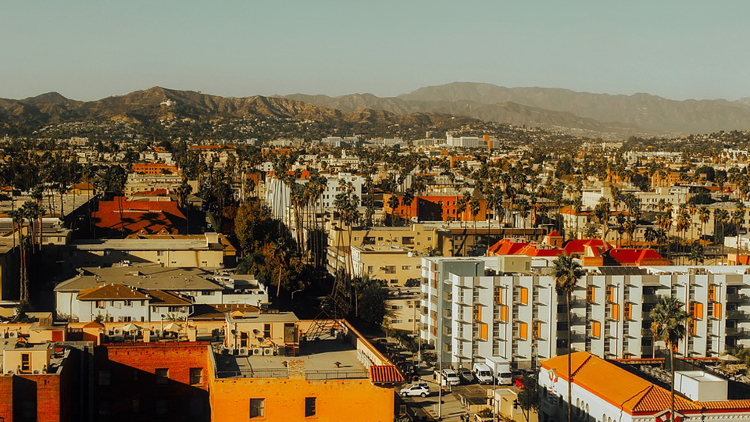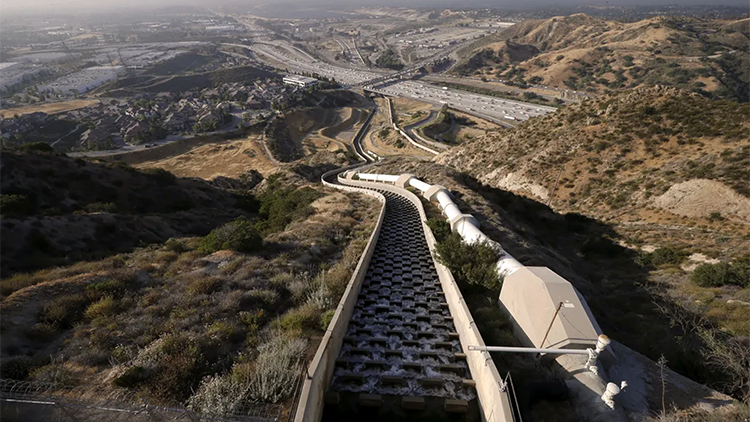
Los Angeles County is the largest county in the nation with a population of approximately 10 million people. By 2050, the county is projected to have a 15% increase in population, adding 1.5 million more residents. With projected urban population growth alongside the effects of climate change, providing Angelenos with reliable energy, water and an environment that will enhance their health will be a challenge. The UCLA Sustainable LA Grand Challenge (SLA GC) was developed to address these problems and ultimately transition Los Angeles County to 100% renewable energy, 100% locally sourced water, and enhanced ecosystem and human health by 2050. In response to SLA GC’s original goals, The NOW Institute research team undertook a first-round assessment of where the county stands today and what can be done to achieve those targets by 2050.
Award Year


